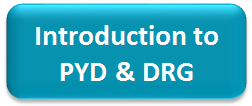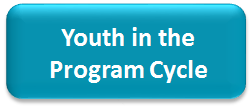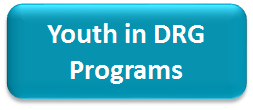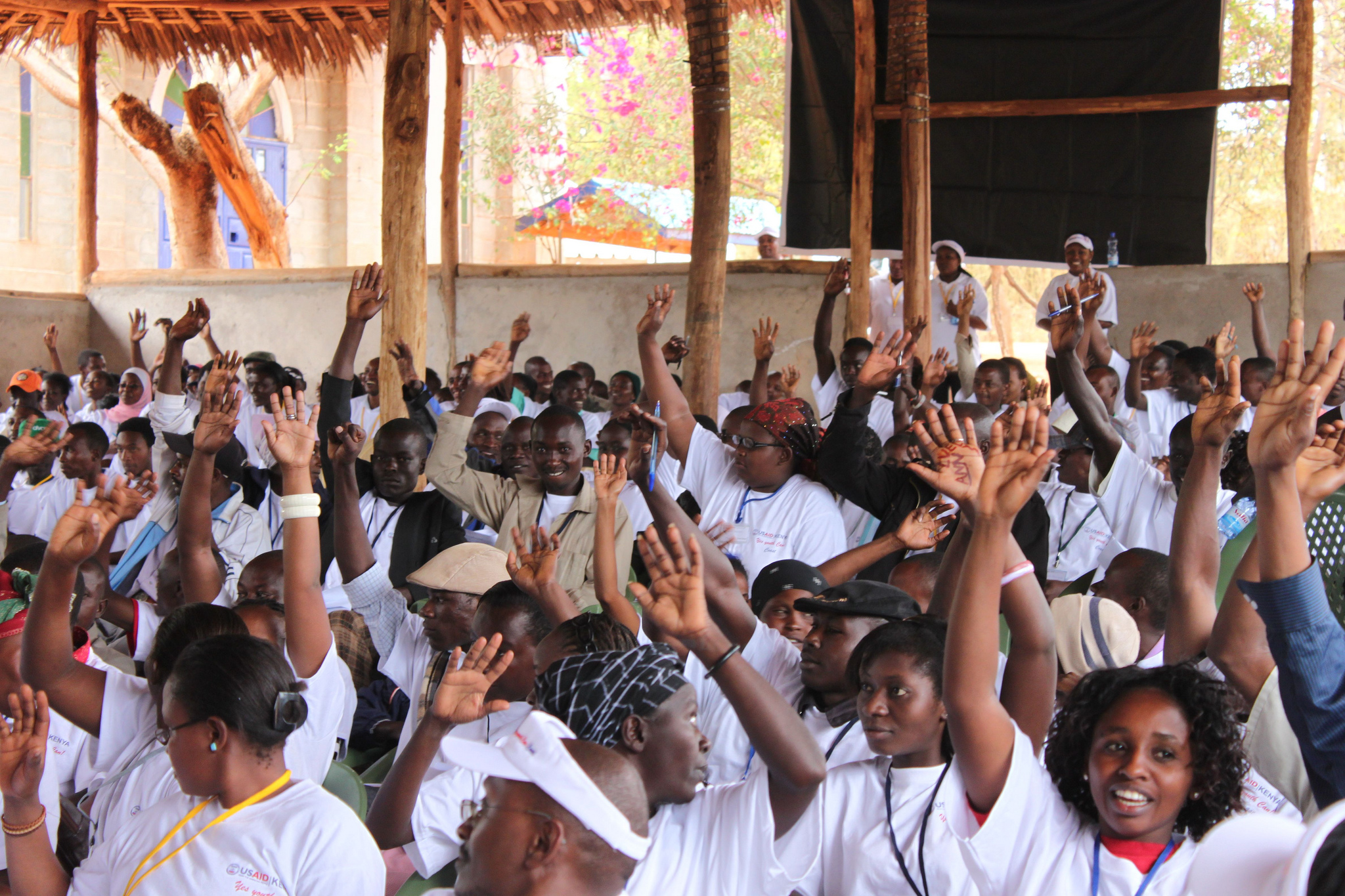
What is it?
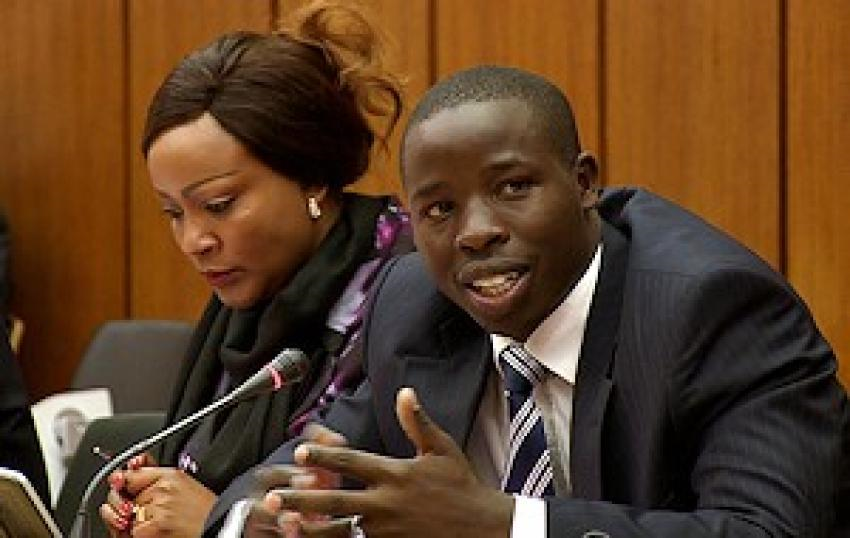 This online Toolkit is adapted from “Youth and Democracy, Human Rights and Governance Programming: A Technical Guide,” produced by Counterpart International, as well as other resources and tools produced by USAID and YouthPower Learning. It is a reference of considerations for designing, managing, and evaluating youth and democracy, human rights, and governance (DRG)-related programs. Given the cross-sectoral nature of programming, these DRG examples may be relevant for other sectors - and indeed, much of the guidance here was developed with other sectors in mind.
This online Toolkit is adapted from “Youth and Democracy, Human Rights and Governance Programming: A Technical Guide,” produced by Counterpart International, as well as other resources and tools produced by USAID and YouthPower Learning. It is a reference of considerations for designing, managing, and evaluating youth and democracy, human rights, and governance (DRG)-related programs. Given the cross-sectoral nature of programming, these DRG examples may be relevant for other sectors - and indeed, much of the guidance here was developed with other sectors in mind.
Intended Audience
For USAID field and headquarters staff, as well as national and international partners involved in strategy development and program design, management, and evaluation of youth and DRG-related programs, or programs that include components focused on youth.
How This Guide Will Help You
● Use common definitions and terminology when working in the area of youth and DRG
● Be strategic and realistic about what you expect of youth activities in your portfolio
● Design better programs, supported by “what works” – what is supported by evidence – and “what might work” – promising activities that are not definitively supported by empirical evidence. These evidence-based or promising activities are particularly focused on 10 sub-sectors of DRG programming and identify illustrative activities in each sub-sector related to youth development.
● Identify contextual factors to consider when designing youth programs and activities
● Select appropriate indicators for youth and DRG-related programs, including for cross-sectoral programming
Where Do I Start?
● Are you starting a new project design in a particular sub-sector? Review the sub-sector modules with sample indicators and program examples.
● Are you looking for indicators for monitoring? Access the indicators in the monitoring section.
● Do you want to review promising practices in youth and DRG? Go to the “What Works” page for examples.
● Do you want to learn more about youth and DRG issues? Go to the Cross-Cutting Considerations for more information.
● Do you want find strategies for engaging youth across the program cycle? Check out entry points in the program cycle.
Main Takeaways
A few overarching recommendations and considerations are woven through the Toolkit. These include:
● Need to Assess: USAID recommends that a youth assessment be conducted at several points in the Program Cycle, from the CDCS phase to project and activity design and implementation.
● Do No Harm: Care must be taken to ensure that when youth are engaged, it is done in a way that is conflict-, gender-, and trauma-sensitive.
● Account for a Young Person's Multiple Groups: “Youth” is not a singular group; youth-focused programming should systematically take into account multiple groups including gender, ethnicity, religion, sexual identity, disability, and others.
● Positive Youth Development: In accordance with YouthPower’s Positive Youth Development Framework, USAID youth programming should focus not on risks/deficiencies but rather on youth assets, agency, contribution, and enabling environment.
Background and Context to the Guide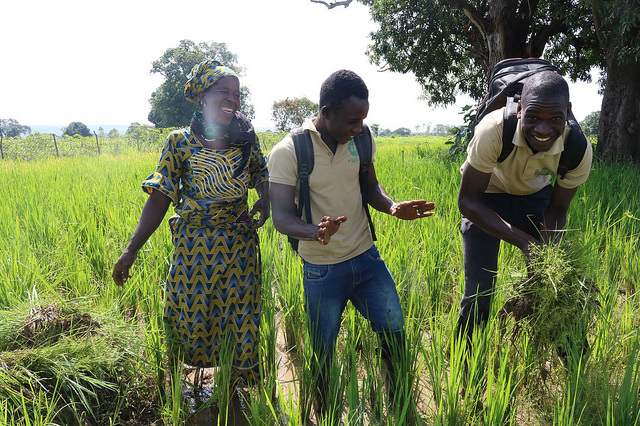
With more than half of the global population under the age of 30 and a majority residing in low- to middle-income countries (LMICs), USAID believes that young people are not simply program beneficiaries but valuable assets in society. USAID launched its seminal Youth in Development Policy in 2012, making a commitment to strengthen youth participation and partnership by integrating youth issues into its programming and engaging young people across Agency initiatives (USAID, 2012). Based on a Positive Youth Development approach, the Youth in Development Policy represents a paradigm shift toward appreciating youth as assets and resources, and working with them comprehensively across various sectors rather than focusing on single-sector issues. Incorporating youth analysis into USAID’s work in Washington and in the field allows the Agency to identify opportunities to advance youth empowerment and engagement and helps to ensure that inequalities or obstacles are addressed so that youth can effectively contribute to the achievement of the country’s development objectives.
Effective youth integration is particularly critical to our work in the field of democracy, human rights, and governance. If USAID’s work does not ensure that the youth population as a whole (i.e. inclusive of marginalized groups), which in some countries is the majority of the population, have equal opportunities to participate in and benefit from its programs and in the political life of their societies, then we are failing in our efforts both to promote participatory, representative and inclusive political processes and government institutions and to foster greater accountability of institutions and leaders to citizens and to the law. Similarly, promoting and protecting universally recognized human rights includes, by definition, protecting and advancing the equal rights of all people.
Explore the toolkit:
What is Positive Youth Development?
What is Inclusive Development?
Models for Integrating Youth
Cross-cutting Considerations
- Civic Participation
- Youth Organizations
- Youth Leadership
- Example Program Types and Theories of Change
Entry Points for Youth Integration into the Program Cycle
Country/Regional Strategic Planning
Project Design and Implementation
Activity Design and Implementation
Monitoring and Evaluation
Guide to Youth in Democracy, Human Rights, and Governance Programs
1. Civil Society
2. Human Rights Protection and Promotion
3. Rule of Law and the Justice Sector
4. Legislative Strengthening
5. Local Governance and Devolution
6. Political Party Development
7. Electoral Processes
8. Anti-Corruption and Accountability
9. Reconciliation, Peacebuilding, and Transitional Justice
10. Media, Information, and Communication Technologies (ICTs)


